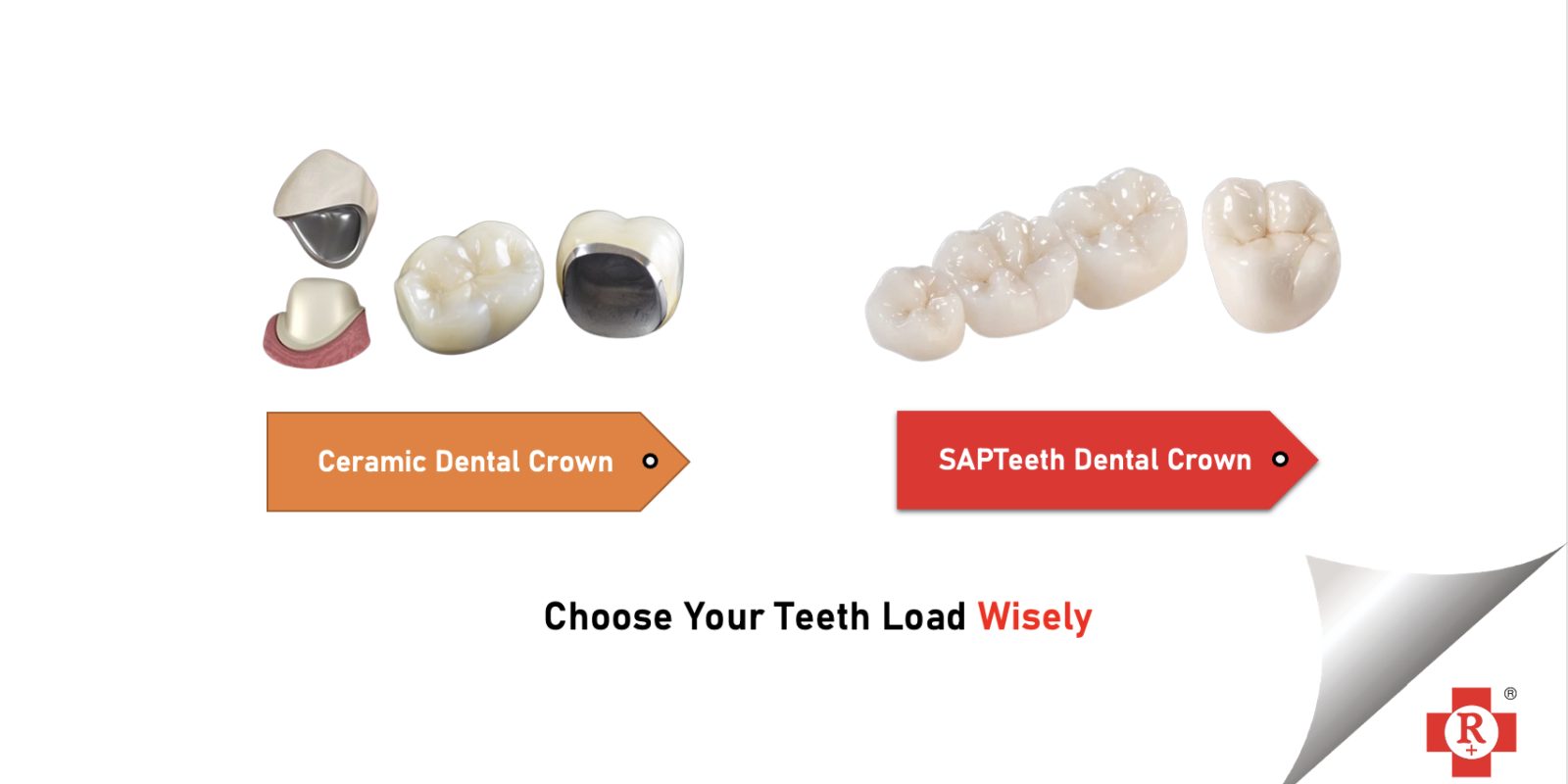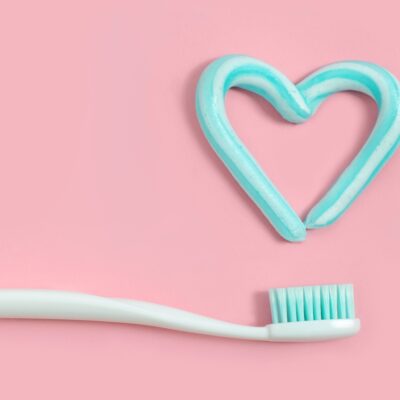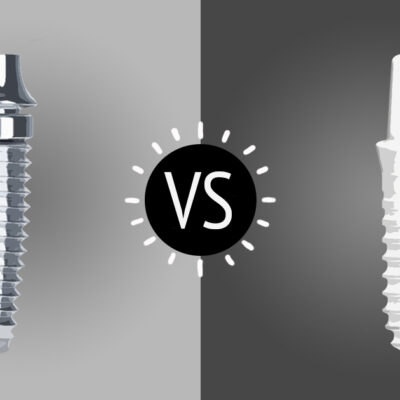The forces of eating are transferred from the tooth to the bone and then onto the jaw. This mechanism is called as chewing. Under normal circumstances the load of chewing is controlled by the feedback mechanism of naturally shock absorbable periodontal ligaments. In cases where dental treatment is done and extremely rigid prosthetic materials like metal, ceramic and zirconia are used, they can withstand natural torsion of the jawbone. In cases of weak bone this is highly unadvisable, as this may lead to early ageing of the prosthesis and loss of support structures. SAPTeeth dental crown are polymers light in weight and exert less pressure on underlying bone.
What is a Ceramic Dental Crown?
Ceramic teeth used to replace congenitally missing teeth or as part of a dental implant procedure. Ceramic teeth made from a mixture of natural minerals, synthetic resins and coloring pigments. The Ceramic teeth have a porous composition and made in any shape or size for patients. Ceramic teeth are a great restorative choice as they mimic the strength and feel of natural teeth. They are also very aesthetically pleasing, making them a popular option for tooth replacement.
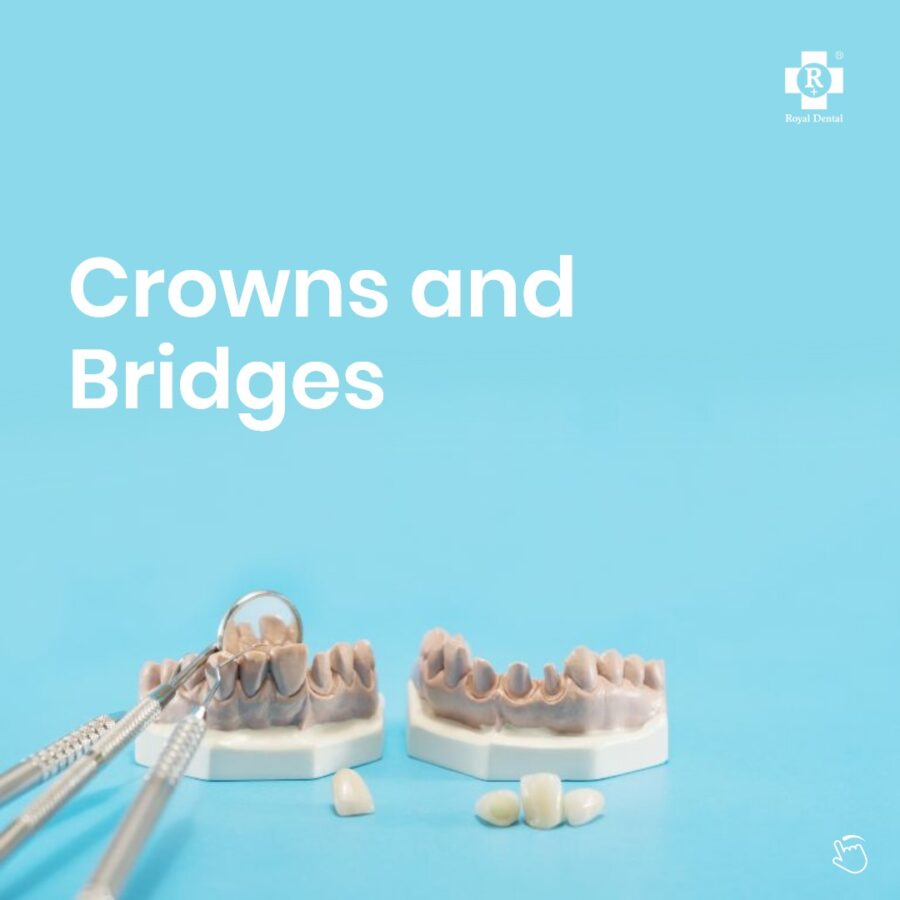
What is an SAPTeeth Crown?
SAP stands for Shock Absorbable Permanent Teeth, but don’t let that long title scare you! SAPTeethTM are a group of highly advanced polymers which are specially made to protect the bone, implant and the natural tooth under it. SAPTeethTM means Shock Absorbable Permanent Teeth. Our natural teeth have a hardness of about 350 mpa to 450 mpa. Ceramic or porcelain or zirconia teeth are very hard compare to natural teeth. Their hardness usually ranges between 2000 to 4500 mpa. We never had an ideal material for making artificial teeth in dentistry.
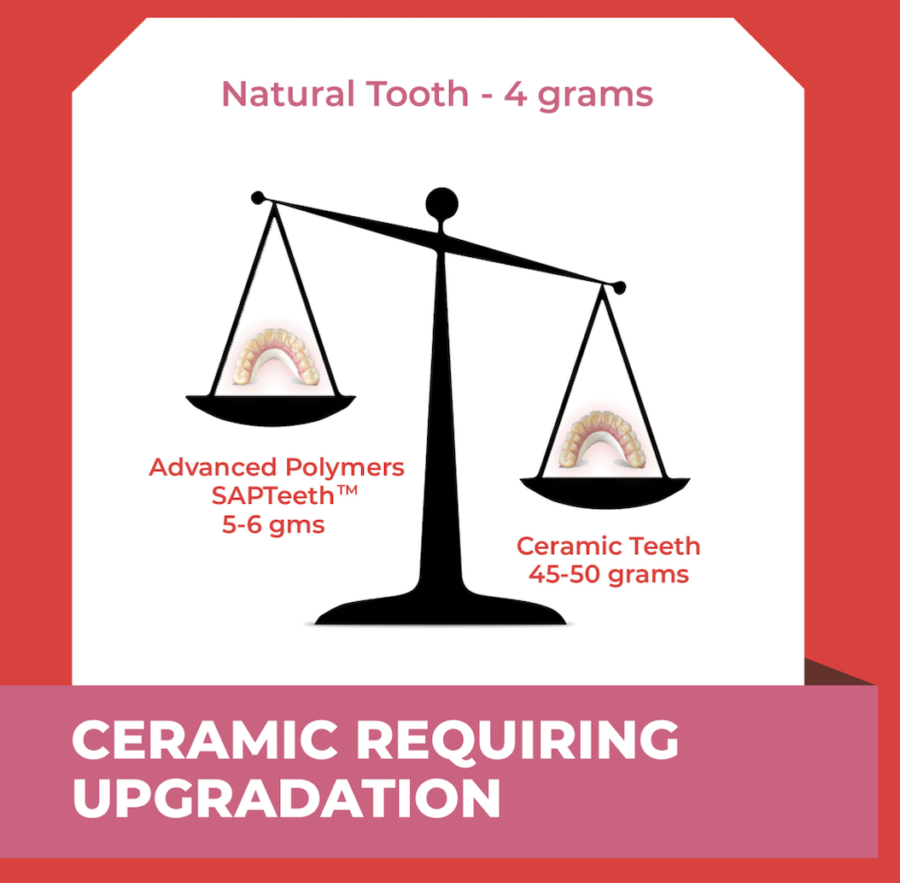
Load SAPTeeth vs Ceramic Teeth
Compared to titanium, zirconia, ceramic, rehabilitation with SAPTeethTM significantly reduces the peak load during eating. This shock absorbable property produces a positive effect for the patient and increases the durability of the restoration.
How does the force get transferred?
Natural Teeth: There is a natural layer between the tooth and the bone which holds the tooth. This layer also contains nerve endings which gives a feedback to the brain in case of excessive force.
Dental Implant: In case of Oseo integrated dental implants, no nerve endings are present and so their feedback to the brain is very low. As there is no shock absorbing capability in titanium dental implant, the entire load is directly borne by the natural bone.
| SAPTeethTM | Ceramic | Zirconia | |
| Weight | 3 times | 4 times | |
| Hardness | 0.5 times | 5 times | 20 times |
| Modulus of Elasticity | 2200 – 4200 mpa | 115000 mpa | 205000 mpa |
| Flexural Strength | 180-185 mpa | 11000 – 11500 mpa | 100-180 mpa |
| Surface Finish | Best | Worst | Good |
Conclusion to Dental Crown
SAPTeethTM are softer and hence do not damage the natural teeth. These are softer and hence do not damage the natural teeth. They are the most innovative solution available at select laboratories and dentist only.
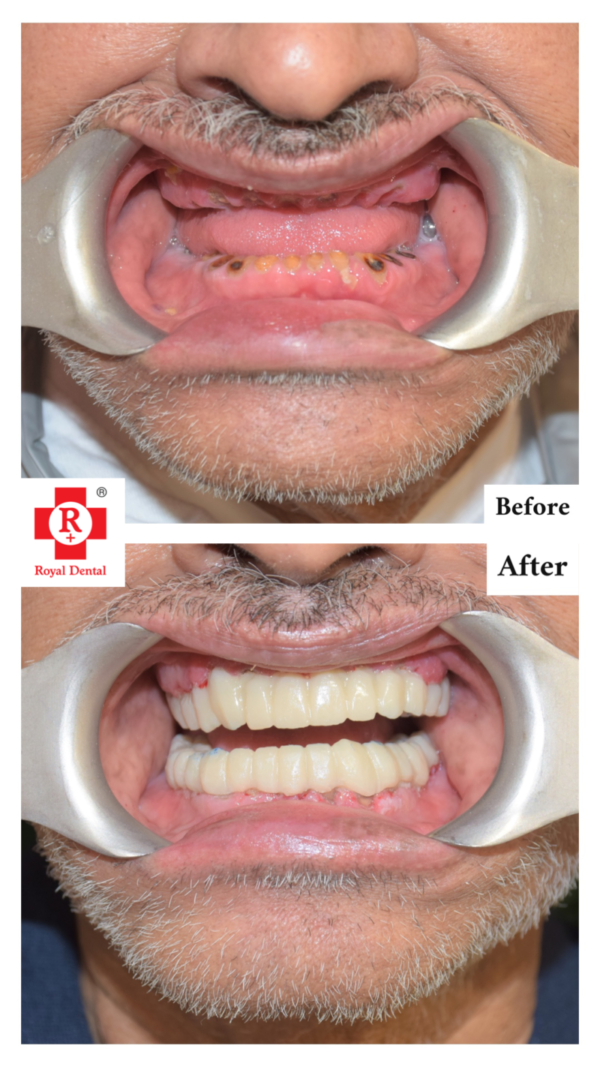
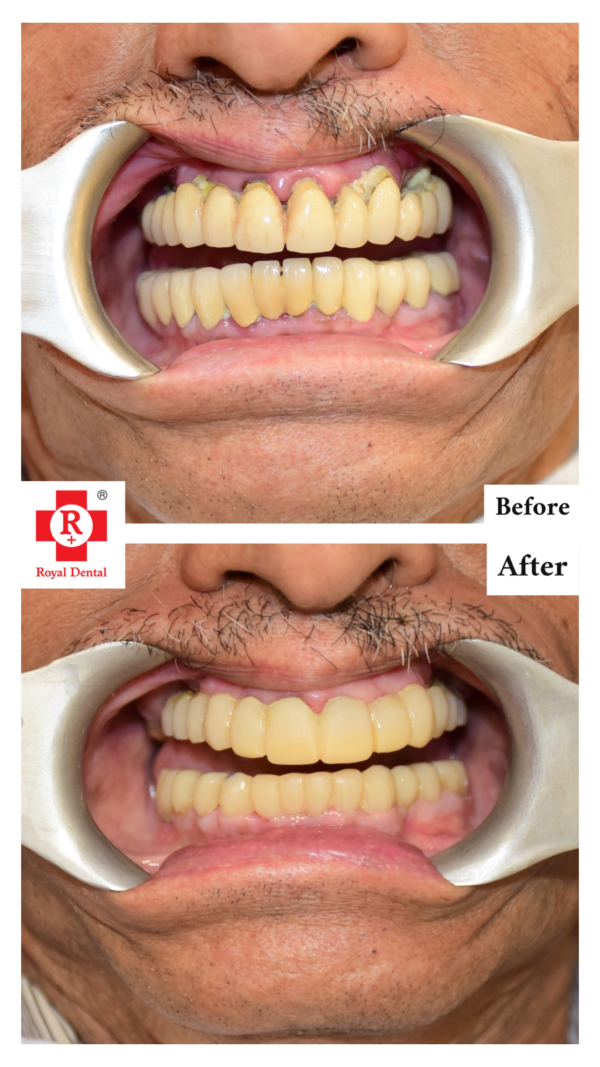
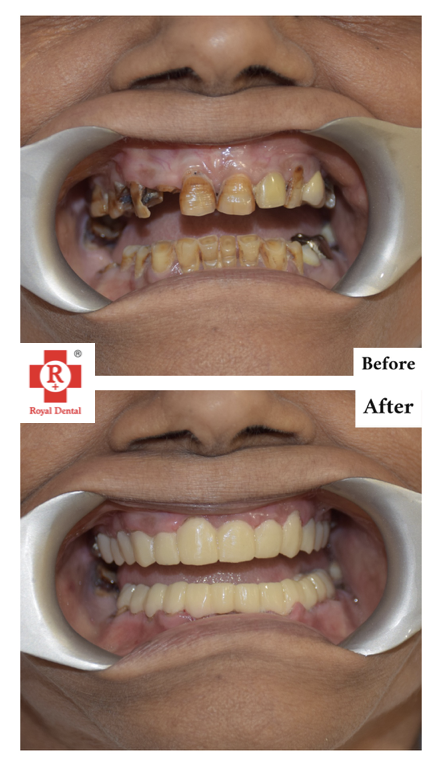
Now that we’ve explored the differences between ceramic and SAP teeth, it’s important to note that the best restorative solution for a patient is determined by several factors. The condition and health of the patient’s mouth, the type of tooth that needs to be replaced, and the patient’s financial situation are just a few of the factors that go into making a decision. With so many restorative options available, it’s important to do your research and understand the differences between the various restorative solutions. By reading this article, you now know what sets ceramic teeth vs SAPTeeth apart.
Follow Us For More Updates
